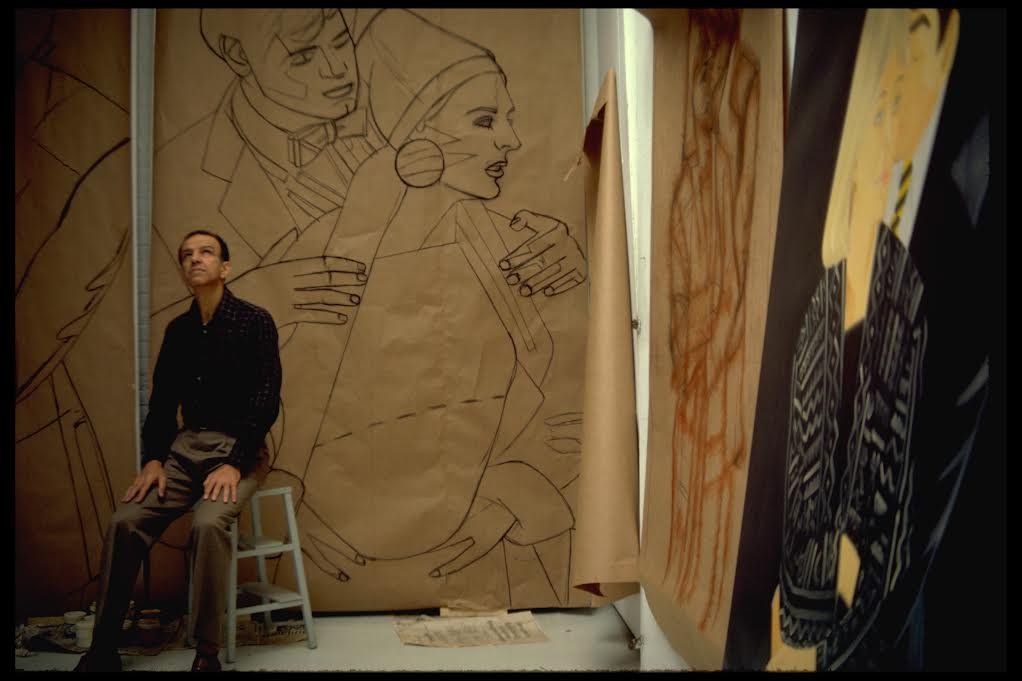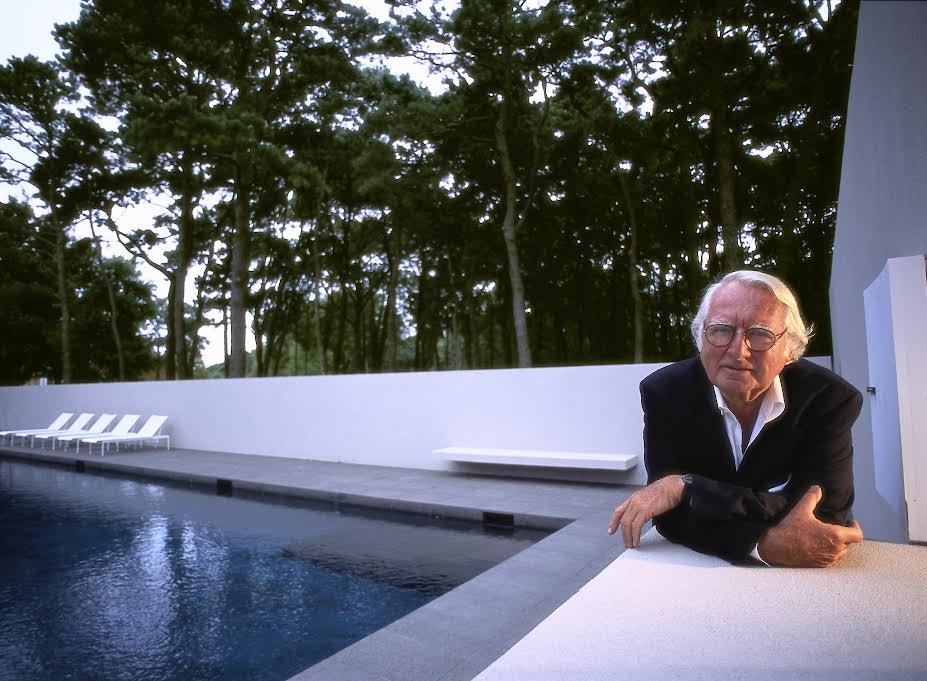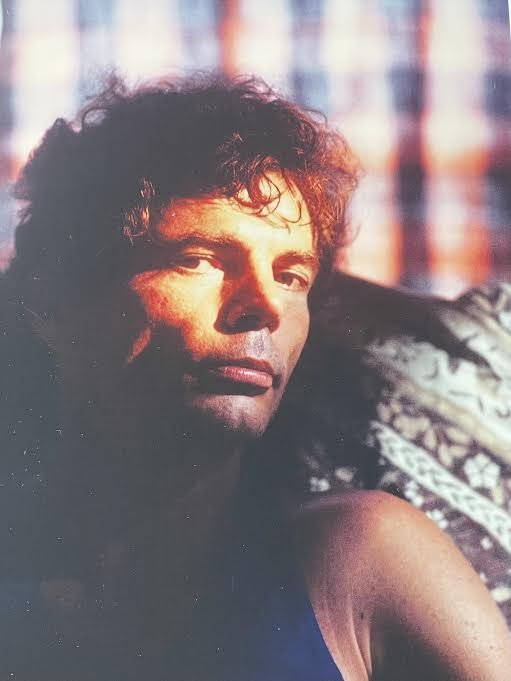#JeanNouvel #TorreAgbar Barcelona
The Architecture of Cities: Barcelona
The great artist Joan Miro bade me farewell. I was very young. I wasn’t quite sure how to think or act. I was saddened and exhilarated. I met and photographed one of the great artists of the 20th Century. Unbeknownst to me at the time, the experience turned out to be vital for my life and my career.
The moment spoke to my heart: I imagined I saw my electrolytes virtually projected dancing along the skyline. The surreal glow could only mean one thing: I was alive: Life changed on a dime. My dreams were becoming my reality. I was on my way to witness the history of nations. I was living in the history of our times.
I was desperately sad when I left the island of Mallorca that day, but I would discover new adventures ahead: and many days in Spain.
I recently lectured at the IAAC/Barcelona: A humbling and fascinating architecture institute.
I began my lecture by revisiting the significance of my session with Miro and earliest days in Spain. For a nano second while talking about my previous visits, I felt like the Spanish poet Federico Garcia Lorca upon his visit to New York: He was delightfully and frightfully overwhelmed by the moment and experience. He came away with a disdain for New York. I was delightfully and frightfully overwhelmed by my Barcelona moment. But I realized something wonderful was happening to me: every new experience equals living the dream.
There is something hallucinogenic in the Barcelona air. I remember standing at the end of the Blvd Saló de Saint Joan, where the Arc de Triomf resides. My feet felt like dancing. At first I was conjuring up my Fred Astaire style. But hey, I am in Spain. Instead the ghost of the great Barcelona Flamenco dancer Carmen Amaya arms extended, fingers alluringly motioning me into the streets. The sounds of the Flamenco quivered through the sky and clouds. Let’s dream a bit more. Why not? Why else does one travel but to realize dreams.
The city streets were mine. I collected a throng of companions to dance and prance in and around Gaudi’s La Sagrada Familia and throughout El Born. For a fast second I was Cervante’s Quixote emboldened, enriched, and unleashed.
detail from #ELBORN neighborhood from Julie Wark’s window
When I travel. I try to conquer cities. I am blessed and cursed with the need to capture the streets and architecture of a city in a feverish pitch. My pupils dilate. I cross thousands of intersections. My mission is on steroids.
In this moment I needed to discover the visual treasures of Barcelona. I reach out and try to grab the aura of buildings: Of course there was the scene stealing bravado of Gaudi’s Sagrada Familia outside my bedroom window. My eyes were entertained. And so it begins.
Found Image on the streets of Barcelona
I realized I had work to do. The pleasures of architectural design waits for no person. But for me on this particular Barcelona visit, design achievement stood at attention seemingly with every blink of my eyes: The architectural accomplishments of Jean Nouvel, Richard Meier, Frank Gehry, Santiago Calatrava, Sir Norman Foster and of course the Catalans’ Bofill and Guallart were waiting.
detail from along the waterfront Barcelona
Every city holds secrets that are not meant to be seen, but discovered as if one was an explorer. So much stimuli overload, is life threatening, but the greatest sensation I know of. The eyes might need a rest, but time is not on my side.
I cannot possibly describe what happens to me when cities hold visual secrets that I know have to be captured by my lens. While in Barcelona my mind remembered similar experiences about Dubai, Miami, Tokyo, and more.
Sometimes when I target a city’s architecture I become so feverishly out of breath I feel like I am a patient in “…Cuckoo’s Nest”. I try to make sense of a world that takes a lifetime to understand; Yet I march on.
I spent my last Barcelona hours at the home of the fabulous romantic architect Ricardo Bofill. The experience walking in and about La Fábricia and Walden 7 evoked a cascading reminiscing of every morsel of food, every posturing along the streets and every smile of satisfaction that I experienced not only on this particular engagement, but every memory that I have claimed over forty years.
The pleasurable calm that I met in Barcelona has been the revelatory moment that I have sought for a life time in photography.
Detail of #RicardoBofill #LaFabricia home






































































































